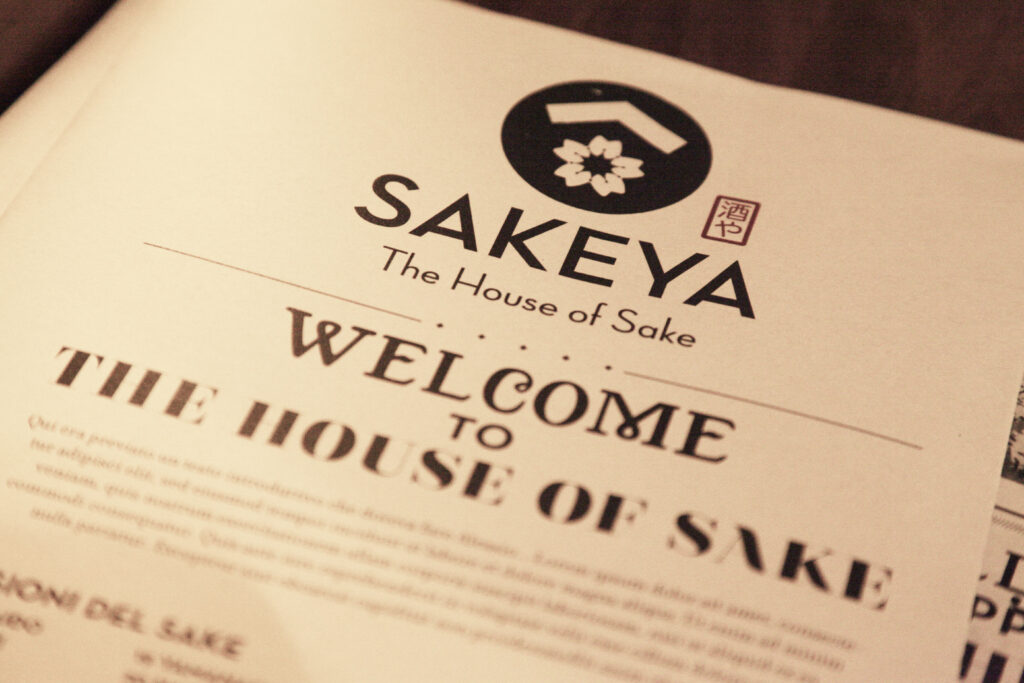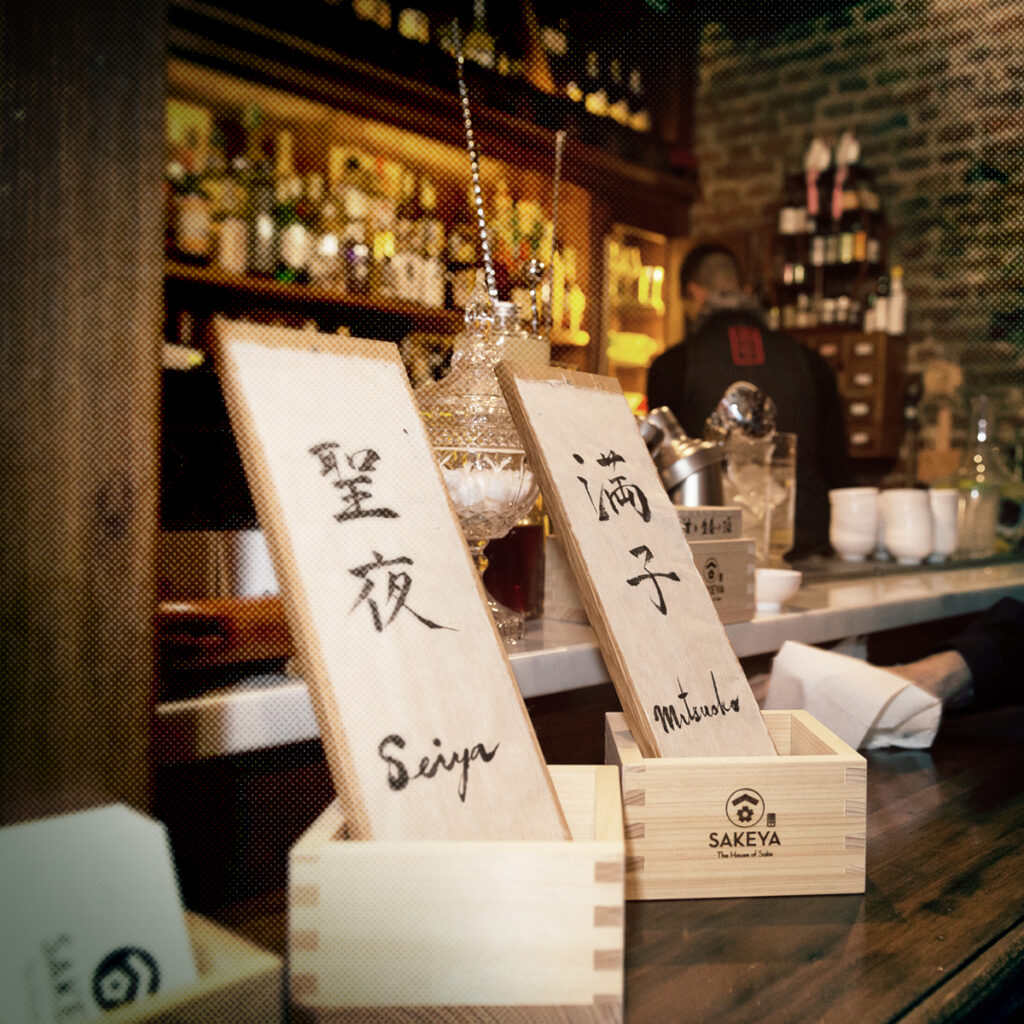[:it]Lorenzo Ferraboschi: the man who brought Japan to Italy[:]

[:en]
Knowing the state of the Rising Sun more by chance than by will, Lorenzo Ferraboschi has been an ambassador of Japanese culture in Italy for several years. The trading activity started with his wife Maiko was followed by the opening of ever new and different businesses, with one thing in common: Japan.
What are your origins and training? When and why did you decide to take your first trip to Japan?
I was born in 1977 in Piacenza. I studied architecture at the Polytechnic of Milan, specializing in industrial design and a month after graduating, in October 2000, I left for Japan. There was a design competition announced by the University for the inauguration of a fashion showroom in the center of Tokyo. I sent my idea, it was approved and I then left Europe. At the beginning, for obvious language reasons, it was very difficult for me but in a short time I managed to settle in and appreciate Japanese culture. After a few years I went to work at Sony to take care of interface design then, after a freelance experience, I went to Samsung, where I designed mobile phones, MP3s, home theaters and televisions.
Why did you decide to return to Italy? What did you do initially?
I realized that that job was no longer what I wanted to do. At the age of 28, in 2009, I decided to return to Italy together with Maiko, with whom I got married. I immediately understood that the same designer skills that were required in Japan were not required in Italy. In the meantime, thanks to the years spent in Asia and the training of Maiko, a journalist and gastronome, the Japanese began to ask us if we could act as an intermediary for the purchase of Italian ingredients. At the beginning it was a pastime, then we decided to open a company, FT srl, which still represents our first job. For years we have informed ourselves about the products by visiting companies - from Parmesan to Parma Ham to Balsamic Vinegar - and we have passed this information on to those who asked for it. A fruitful word of mouth was thus created which led to the supply of foreign companies, including hotel chains.

When did you decide to start several sake-themed businesses?
In 2014 the para-governmental body Jetro, based on the feedback on sake received in London and Paris, drew up a report in which it said that the same success could be replicated in Italy. At the time I was an amateur sake enthusiast and, given the arrival of the Expo in Milan, I decided that I would like to know it in detail to be able to describe it adequately. So I decided, in 2015, to create, together with my wife and two other friends, the first online shop entirely dedicated to fermented rice, Sake Company. Following this idea, the Sake Sommelier Association contacted me and asked me if I would be willing to become the association's Italian partner. I accepted and, after having achieved all levels of the sommelier course, I became their first spokesperson in Italy. In just over 6 months, Sake Company had become the Italian reference point in the world of sake.



What commitments do you carry out in Sake Company and Sake Sommelier Association?
In addition to being the first entirely dedicated store, Sake Company was also the incubator of the first Milan Sake Challenge, a themed event whose first edition took place in 2019. 109 producers participated with 600 types of sake and around 3 -4000 visitors, to whom we also introduced the drink in its many ways of pairing - chocolate, oysters, etc. - in the Fuori Milano Sake Challenge. While this discussion is temporarily at a standstill, we are instead continuing the courses - in the Sake Sommelier Association - to become a sommelier up to the advanced level, in which we take the members to Japan. Although they are two realities that almost overlap, in some ways, it is ethically right to keep them separate.



Why did you open Sakeya?
Because a few years ago I was eager to have a physical store where I could distribute courses and offer Sake Company products. So, after a trip to Japan among the sakagura - the sake production houses - and in search of the necessary funds, in December 2016 I oversaw the opening of 'the first sake house', a place where you can appreciate sake in its many guises. It is a bistro where chef Masaki Inoguchi's cuisine is paired with sake and where I am currently taking care of the administrative and organizational support part. Another place in which I collaborate similarly is Carico Milano, my only "not fully Japanese" project, a project that I decided to start together with the bar manager and friend Domenico Carella, due to the great friendship and mutual respect that we have for each other. towards the other. It is a place that we opened to fill a void in Milan, that of a container of ideas that can give equal importance to food and drink, offered at accessible prices and with great research work.



Do you have any other projects under your belt, not necessarily related to sake?
Yes, two years ago together with Maiko, mindful of the success of sake in Italy, we understood that in addition to sake, we could also bring value and culture to the world of Japanese Wagyu meat, we therefore decided to replicate the sake experience by applying it to Wagyu meat , we therefore started a vertical distribution company initially specialized only in B2B. Is called Wagyu Company and, since December we have decided to extend it to private individuals as, with the advent of Covid-19, the entire target on which we had built our project disappeared. When we only addressed the B2B sector we received many requests from private individuals and we knew that, sooner or later, we would take this step. Now we are able to deliver cuts with perfect maturation throughout Italy at controlled temperatures, deliveries take place the day after the order is placed in Milan (up to 72 hours in the islands). We had to adapt to different needs, focusing on products suitable for home consumption, such as minced meat or hamburgers, unlike before, in which we sold selected types of cuts only upon reservation to restaurants, hotels, airlines, ships and catering .



How does Wagyu Company stand out from the competition? What are the best-selling products?
In two aspects: organization and traceability. On our site the cuts are not organized according to the anatomical part, but according to the intended use. If the consumer wants to try the Japanese grill experience, then he will buy one (for example) the yakiniku, the ready-made cut. We also want to provide the final consumer with the tools to know where their cut of meat comes from, thanks to a code through which it is possible to see where the animal was born, where it grew up, where it was slaughtered and at what age, a fundamental factor that it is almost never taken into consideration. Italian users prefer to buy products closest to what they consume daily, such as steak or hamburgers, while Japanese users prefer ready-made cuts for typical cuisine - maltagliati (kiriotoshi), or what remains of other cuts , and the fat – because the added value of wagyu lies right there.

Another project born recently is Gourmet Japan. What is the underlying idea and when does it date back?
Gourmet Japan it is the youngest and largest and most difficult project. It was born as a square in which each small producer makes their products available, exclusively Italian, which can be used in traditional Japanese recipes or to give liveliness to Italian ones. We have opted to make a careful selection of companies, gradually increasing, which have managed to stand out over time for a niche production and for a constant result over time. The project was born a year and a half ago and started on December 20th. We spent some time selecting the first producers. As with Sake Company and Wagyu Company, we deliver throughout Italy to both professionals and private individuals. The idea is for it to become a platform where you can find out about any aspect of Japanese culinary culture: from ingredients to recipes, from tools to travel.

 [:]
[:]
